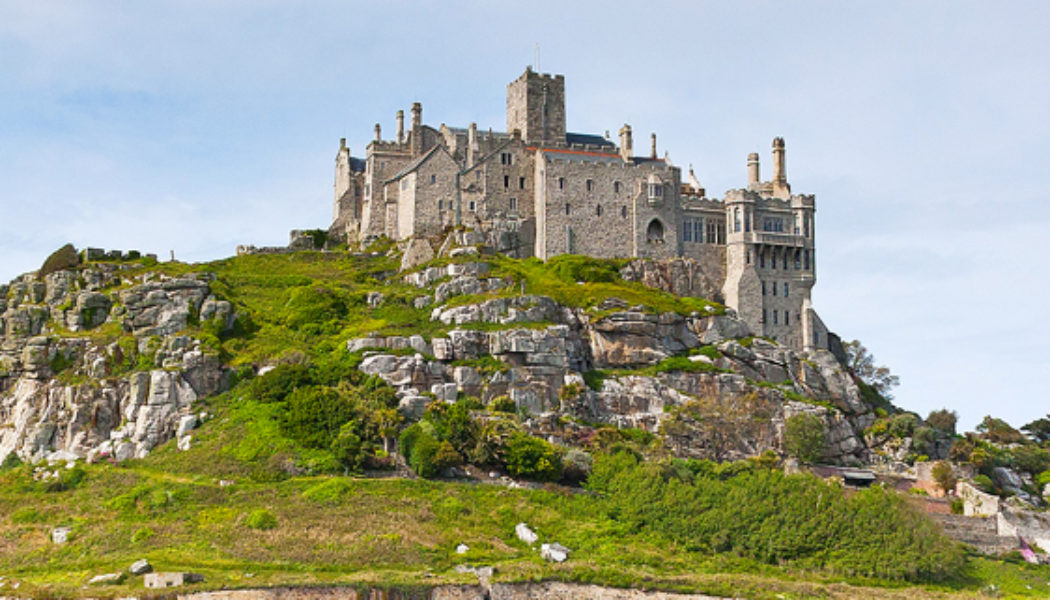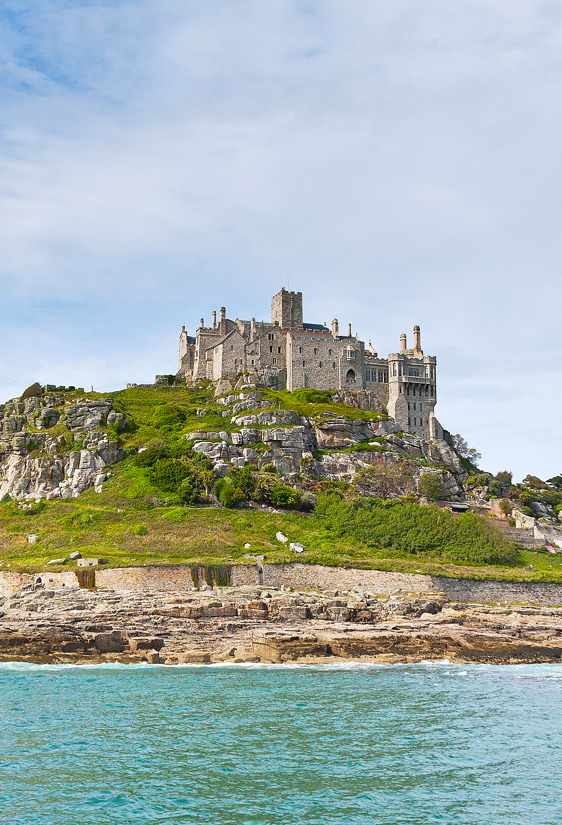By definition, an island is a body of land that’s entirely surrounded by water. Islands are typically accessible by aircraft or boat, but around the world there are some islands that are technically only islands at high tide. When the water levels are low, they become connected to the mainland by sandbars, natural pathways, or causeways. So, lace up your favorite walking shoes, wait for low tide, and walk to these seven fascinating islands. (Just don’t get stuck when the water starts to roll in again.)
Mont-Saint-Michel – France

Mont-Saint-Michel rises like a floating Disney castle out of a bay shared by the French regions of Normandy and Brittany. This UNESCO World Heritage Site first caught the eye of pilgrims in the eighth century, when St. Aubert was divinely guided to build a hilltop church. The Duchy of Normandy and French royals later funded the construction of the island’s spectacular Benedictine abbey.
Cars can drive continuously over a causeway, but the more adventurous way to arrive is to walk across the bay at low tide. Setting foot on the island is akin to stepping back in time to a medieval village. Visitors can stroll the zigzagging alleyways to discover taverns, restaurants, and gift shops — or even stay overnight at one of the island’s handful of hotels and guesthouses.
Bar Island – Maine
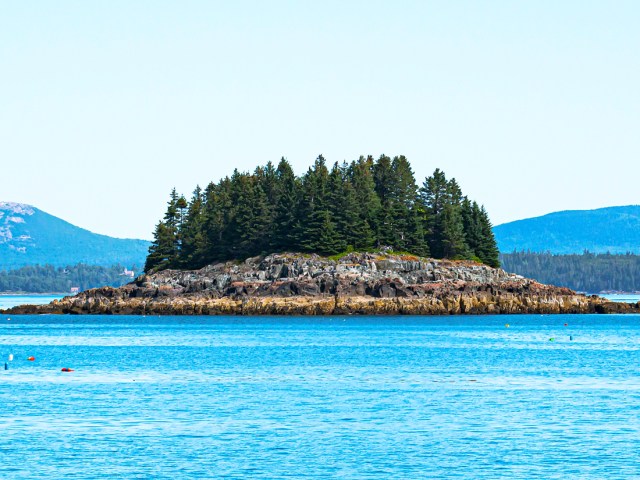
Located off the coast of charming Bar Harbor, Bar Island is part of Acadia National Park, the first national park established east of the Mississippi River in 1919. Twice a day, a short strip of sand, rocks, and pebbles called Land Bridge provides access to the island, which was once inhabited by farmers before it became part of the national park.
The best time to avoid getting your feet wet is about an hour and a half before or after low tide. Several plant and animal species, including starfish, appear in natural tide pools on the bridge. On the island itself, the Bar Island Trail is a 1.9-mile out-and-back route that traverses through serene forest and wildflower meadows. Keep an eye out for the remains of old buildings and enjoy views back toward Bar Harbor and over Frenchman Bay. It’s a nine-hour wait between tides, so pay attention to the time to avoid getting stranded.
Brough of Birsay – Scotland
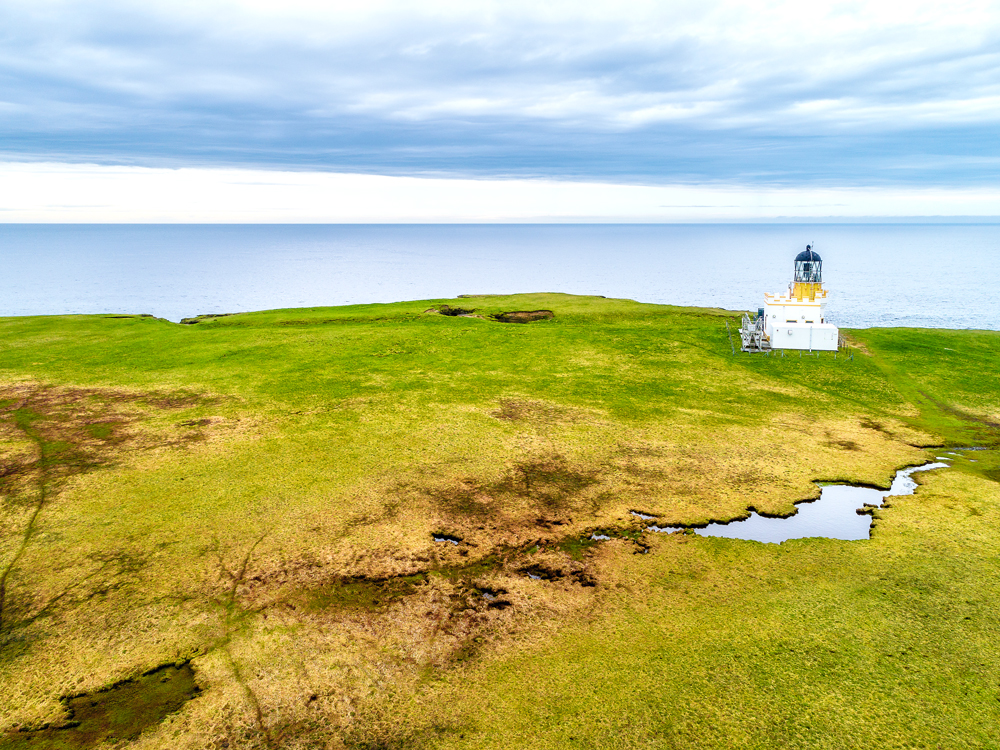
Part of Scotland’s remote Orkney Islands, Brough of Birsay was home to Pictish and Norse settlements from around 600 to 1200 CE. A causeway provides access to this picturesque island from the village of Birsay and the chance to explore the 10th-century ruins of a Norse hamlet.
A replica of a carved stone on the island shows four Pictish symbols, including a crescent and an eagle. (The original is located at the National Museum of Scotland.) Also of interest are the remains of the Romanesque-style St. Peter’s Chapel, which dates to the 12th century. A whitewashed lighthouse stands solemnly on one side of the island, and all around are views of deep blue Atlantic waters and craggy cliffs, where guillemots, puffins, and razorbills nest.
Haji Ali Dargah – India
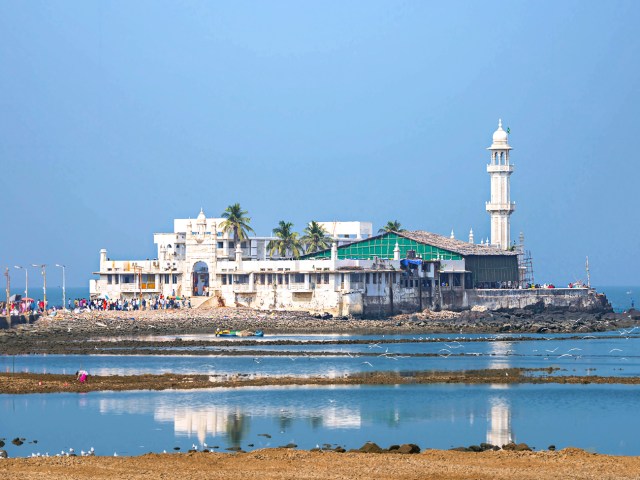
According to legend, after the Muslim saint Pir Haji Ali Shah Bukhari died on a pilgrimage to Mecca, his casket floated back to a rocky islet on Mumbai’s western shoreline. To honor this miraculous event, a mosque and a dargah (tomb) were erected in the 15th century and named Haji Ali Dargah.
Today’s structure mostly dates to the 19th century, and for much of the day it’s a glistening, fairy-tale-like scene of brilliant white domes and minarets. As the water recedes, worshippers form an orderly line across a stone causeway to pay their respects to the revered merchant and spiritual teacher. It’s worth the walk to admire intricate mirror work and mosaic decorations, in addition to the saint’s opulent marble-enclosed floating tomb.
Holy Island of Lindisfarne – England
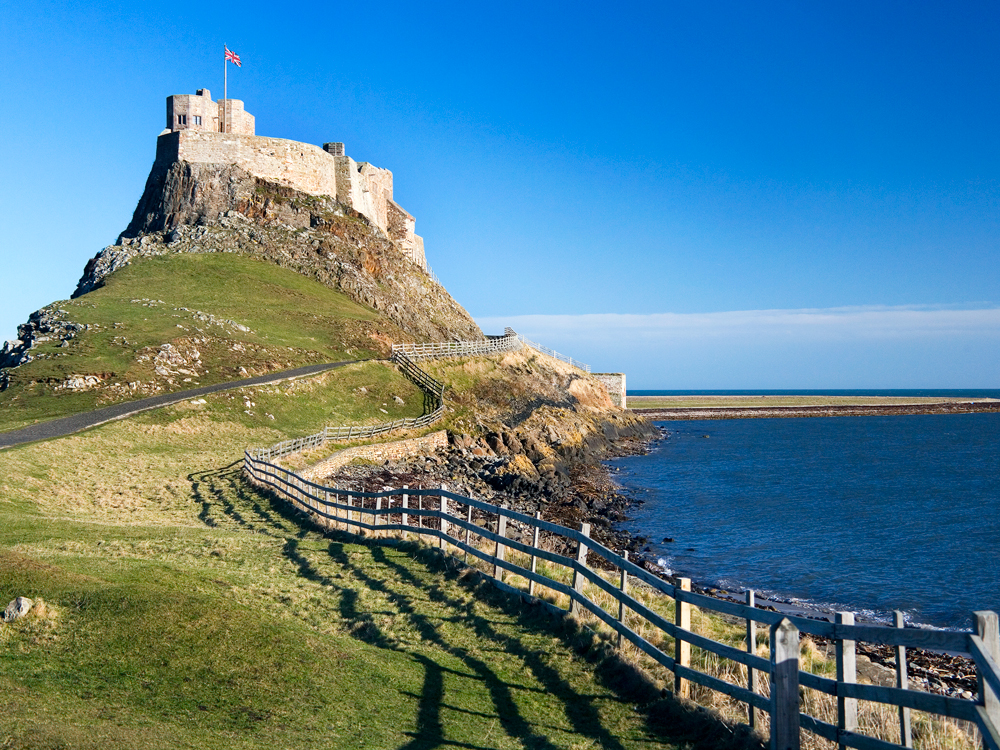
The Holy Island of Lindisfarne sits on the faraway and windswept coast of Northumberland, in northeastern England. It was here in 635 CE that St. Aidan arrived from Iona and established a monastery, which later became home to the admired saints Cuthbert and Oswald, before vikings plundered the island in the eighth century.
At low tide, the 3-mile-long Pilgrims Way reveals itself to create a scenic walk to the island. Visitors can stroll in the footsteps of monks at Lindisfarne Priory and explore the Tudor-era Lindisfarne Castle. A community of fewer than 200 people lives here permanently, and you can experience village life at the island’s cafés, pubs, specialty shops, and guesthouses. Holy Island is the last stop on St. Cuthbert’s Way, a 62-mile walking trail that begins in the Scottish town of Melrose.
Ministers Islands – New Brunswick, Canada
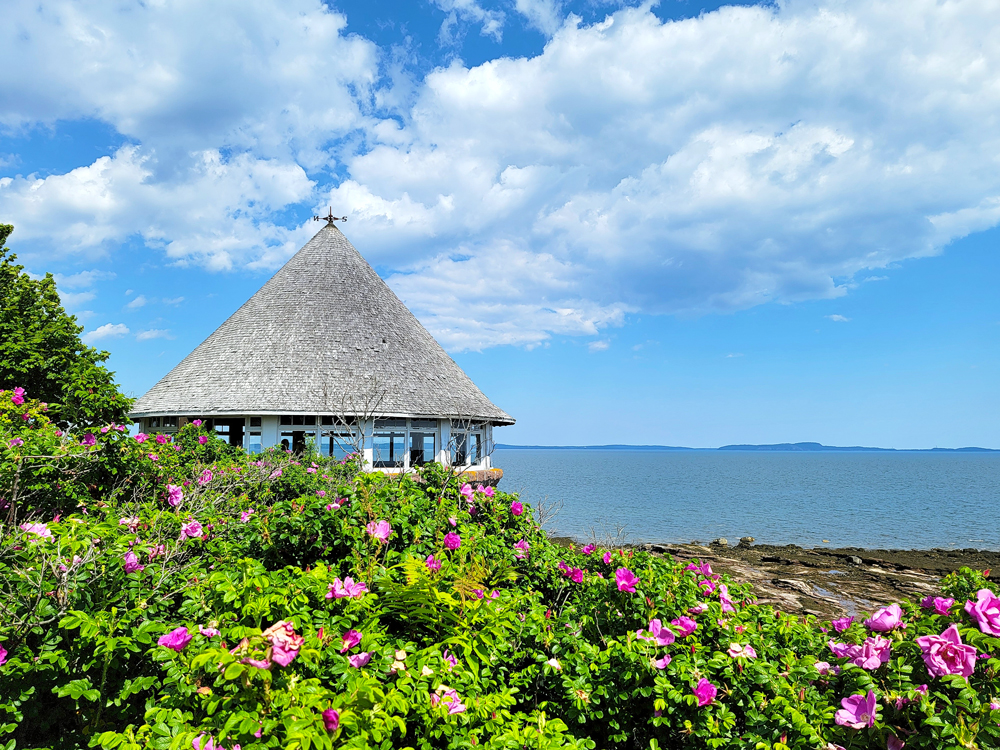
Fascinating First Nations heritage, historic buildings, and epic hiking trails await on the 500-acre Ministers Island in Canada’s eastern New Brunswick province. This unique island is linked to the mainland by an ocean-floor gravel passage rather than a sandbar or human-made causeway. This allows for both pedestrian and vehicle access from the town of St. Andrews. First inhabited by the Passamaquoddy peoples, the island later became the summer home of Canadian railroad pioneer Sir William Van Horne from 1890 through the mid-20th century.
Now a designated National Historic Site of Canada, the island welcomes visitors to explore the 50-room Van Horne mansion, a bathhouse, a former creamery, and other preserved buildings. A 12-mile network of hiking and biking trails cuts through dense forest and along picturesque shorelines. Late April to May and August to mid-October are great times to spot birds on their spring and fall migrations.
St. Michael’s Mount – England
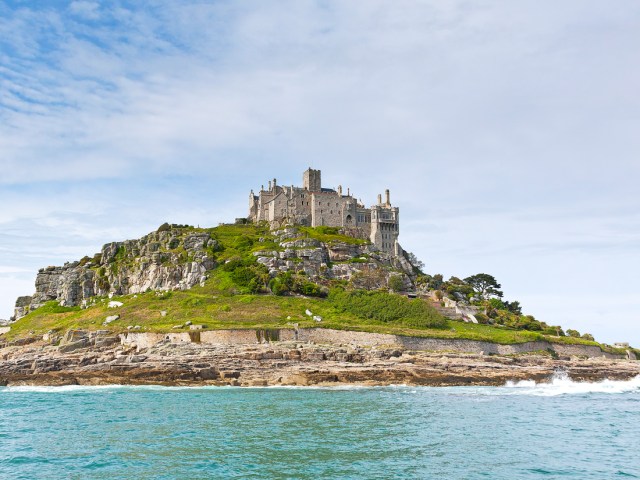
An emblematic image of the Cornish coastline, St. Michael’s Mount is steeped in history and mythology. Since the fifth century, legends have been told of a mermaid on the island guiding seafarers to safe passage. Another island tale tells of Jack the Giant Killer defeating the beast Cormoran. In the 12th century, Benedictine monks — the same ones who worked at the sister abbey on Mont-Saint-Michel — began construction of the island’s church and abbey.
These days, a castle occupies the summit of St. Michael’s Mount and is the home of the St. Aubyn family. Below it, cafés and shops in old stone buildings overlook the harbor. To access the island, a cobblestone causeway crosses Mount’s Bay to the town of Marazion. Walking is the only way to get here in winter, but a ferry service operates during the summer months.
